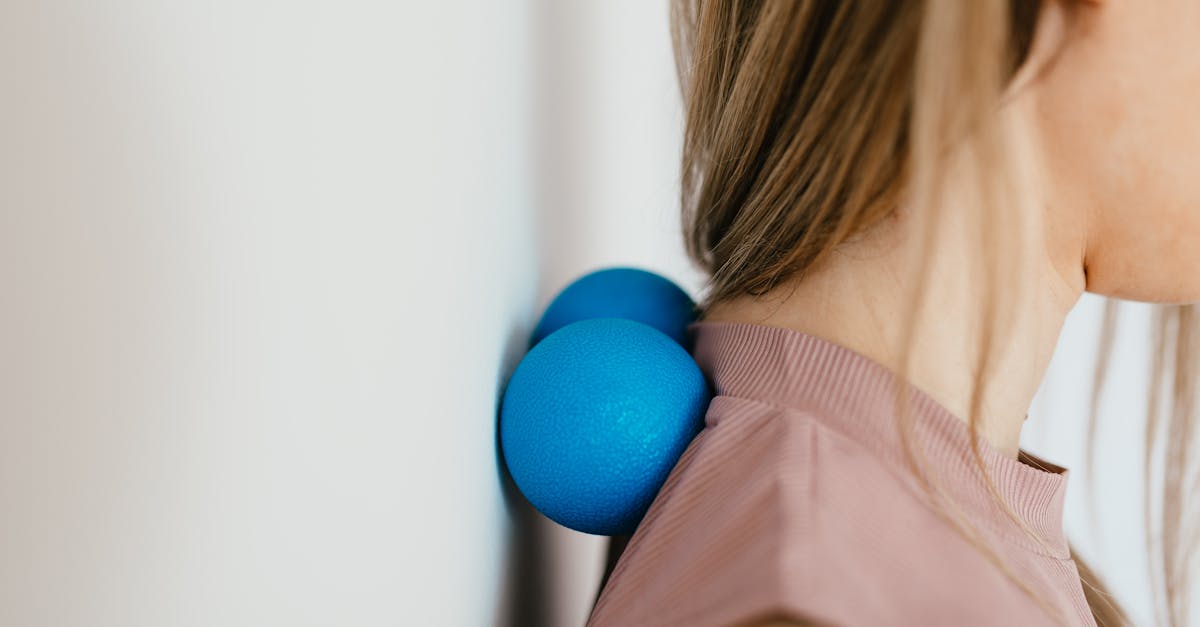Back pain is a common ailment that affects people of all ages and backgrounds. While it can be challenging to find a one-size-fits-all solution, exploring effective strategies for reducing back pain is crucial for improving overall well-being. Back pain can stem from various factors, including poor posture, muscle imbalances, and sedentary lifestyles. It is essential to identify the root causes to develop effective strategies for long-term relief. In this comprehensive blog, we will delve into various techniques and highlight the potential benefits of Pulse Align, emphasizing the importance of addressing root causes rather than merely alleviating symptoms.
The Role of Pulse Align in Reducing Back Pain
Pulse Align has gained attention for its potential benefits in reducing back pain. It focuses on aligning the body’s natural pulse, promoting better circulation and balance. While not claiming to offer complete healing, many users report improvements in symptoms, attributing it to a return to normal well-being.
Addressing Root Causes
One key aspect of reducing back pain is addressing the root causes rather than merely treating symptoms. Pulse Align aims to identify and rectify imbalances in the body, offering a holistic approach to back pain management.
Scientific Insights
Several studies support the idea that addressing root causes is crucial for managing back pain. A study published in the Journal of Pain Research emphasized the importance of a comprehensive approach, combining physical therapy, exercise, and lifestyle changes for long-term relief.
Factors Contributing in Reducing Back Pain
- Improved Circulation
- Pulse Align promotes better blood circulation, which can aid in reducing inflammation and promoting healing.
- Enhanced Posture
- The alignment techniques of Pulse Align contribute to improved posture, reducing strain on the back muscles and alleviating discomfort.
- Muscle Balance
- Pulse Align addresses muscle imbalances, a common contributor to back pain, promoting overall musculoskeletal health.
- Strategies Help in Reducing Back pain Pain
- Maintain Good Posture
- Practice good posture when sitting, standing, and walking. Sit with your back straight and your shoulders back.
- Use ergonomically designed chairs and desks to support proper posture at work.
- Exercise Regularly
- Engage in regular physical activity to strengthen the muscles that support your spine, including your core muscles.
- Incorporate exercises that focus on flexibility, such as yoga and stretching.
- Strengthen Core Muscles
- Core muscles play a crucial role in supporting the spine. Include exercises that target the abdominal and lower back muscles.
- Planks, bridges, and pelvic tilts are examples of exercises that can help strengthen the core.
- Maintain a Healthy Weight
- Excess weight can put additional stress on the spine and exacerbate back pain. Maintain a healthy weight through a balanced diet and regular exercise.
- Practice Proper Lifting Techniques
- When lifting heavy objects, bend your knees and keep your back straight. Lift with your legs, not your back.
- Avoid twisting while lifting, and if possible, ask for assistance with heavy items.
- Stay Hydrated
- Drinking an adequate amount of water helps maintain the elasticity of intervertebral discs, which act as shock absorbers in the spine.
- Improve Sleep Habits
- Use a supportive mattress and pillows that maintain the natural curvature of your spine.
Holistic Insights in Reducing Back Pain
Taking a holistic approach to back pain management involves considering various aspects of one’s lifestyle. Factors such as diet, stress management, and regular exercise play a crucial role in maintaining a healthy back.
According to the World Health Organization (WHO), back pain is a leading cause of disability globally. Understanding the prevalence of back pain emphasizes the importance of finding effective strategies for its reduction.
Real-Life Experiences
Sharing real-life experiences of individuals who have incorporated Pulse Align into their routine can provide valuable insights. While acknowledging that results may vary, these stories can offer hope and motivation to those seeking relief from back pain.
Conclusion
In conclusion, strategies for reducing back pain should encompass a holistic approach that addresses root causes rather than focusing solely on symptom relief. Pulse Align, with its alignment techniques, offers a potential avenue for individuals seeking natural ways to manage back pain.
As we wrap up, we invite readers to consider making positive lifestyle changes. Explore the potential benefits of Pulse Align as part of a holistic approach to well-being. Remember, while complete healing may not be guaranteed, a return to normal function and improved well-being could be achievable through thoughtful choices and consistent efforts.
References
Chwastiak, L. A., & Von Korff, M. (2003). Disability in depression and back pain: evaluation of the World Health Organization Disability Assessment Schedule (WHO DAS II) in a primary care setting. Journal of clinical epidemiology, 56(6), 507-514.https://www.sciencedirect.com/science/article/abs/pii/S0895435603000519
As the visionary CEO of Pulse Align, François is dedicated to transforming the landscape of pain management and posture health. With a deep-rooted passion for innovation and a commitment to excellence, François leads the team in developing cutting-edge solutions that empower individuals to live healthier, pain-free lives. Under his leadership, Pulse Align has become a beacon of hope and support for those navigating postural-related issues and chronic pain. François brings a wealth of experience in neuromodulation and patient management technologies, combining strategic insight with a compassionate approach to address the unique challenges faced by each individual.




